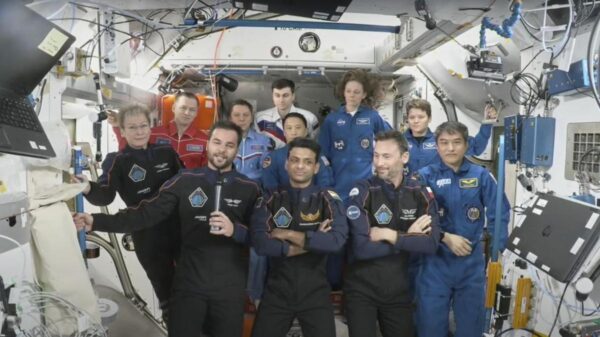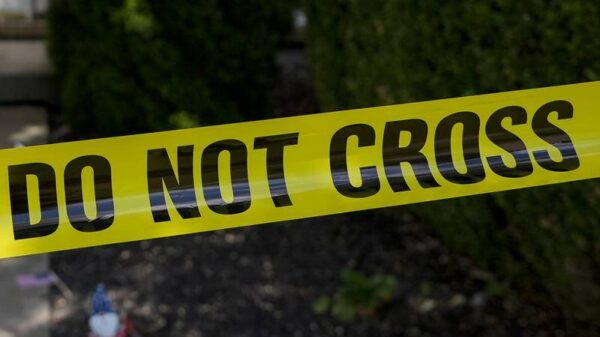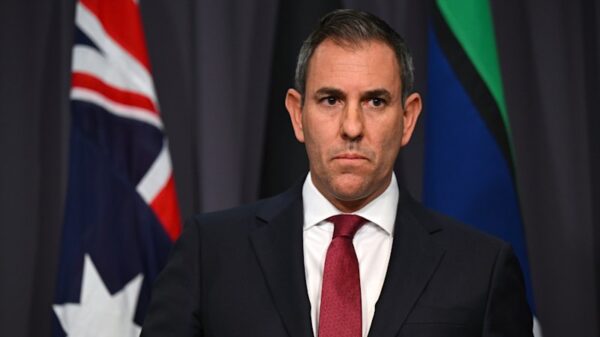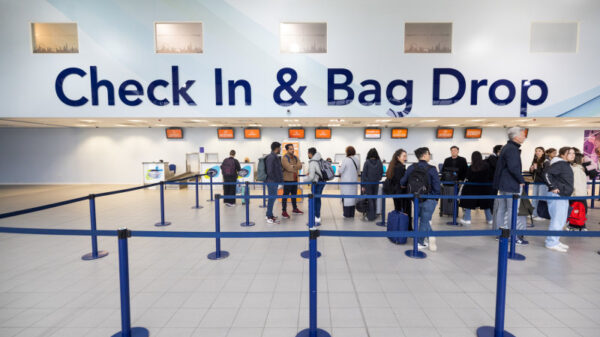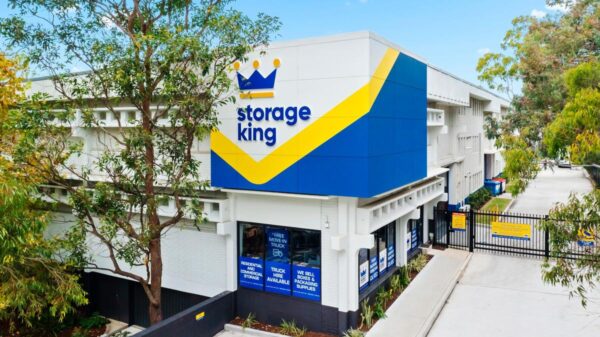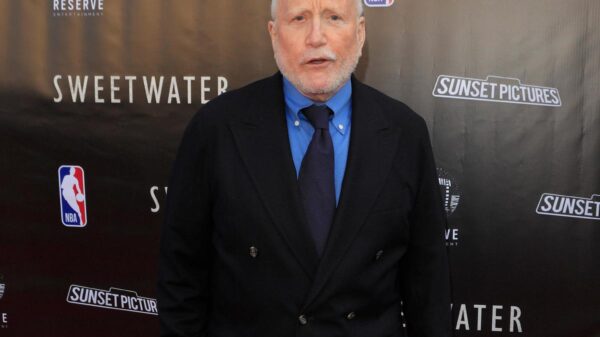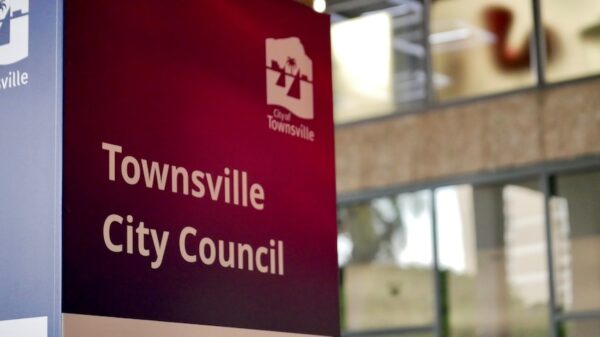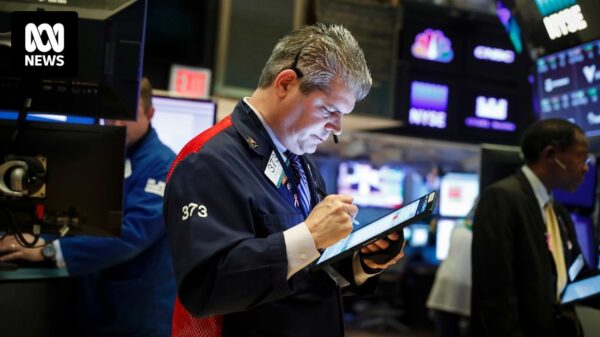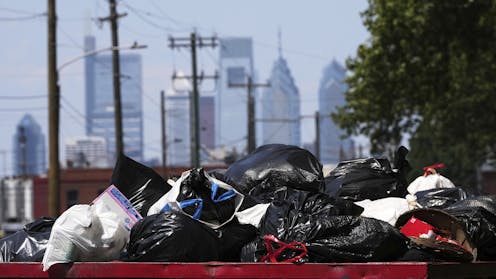Curbside trash collection in Philadelphia has been suspended since July 1, 2025, as municipal workers enter the second week of a strike. The AFSCME District Council 33 union, which represents approximately 9,000 blue-collar employees, including sanitation workers and 911 dispatchers, is demanding better wages and working conditions. As garbage accumulates in neighborhoods, residents have started referring to the growing piles as “Parker piles,” a nod to Philadelphia Mayor Cherelle Parker.
This dispute is noteworthy for its unique context. According to Francis Ryan, a professor of labor studies at Rutgers University, this strike represents the first time social media has played a significant role in the unfolding of labor relations in the city. The union has utilized platforms like Instagram to communicate their perspectives and garner public sympathy, altering the dynamics of public support for labor actions.
Historical Context of Sanitation Strikes in Philadelphia
Philadelphia has a long-standing history of sanitation strikes, dating back to March 1937. An early work stoppage led to negotiations between city officials and union representatives. A more intense conflict occurred in September 1938, when over 200 workers were laid off, prompting a weeklong strike that resulted in street confrontations. Strikers sought to prevent police-escorted trash collections, leading to significant community support. Ultimately, their demands were met, and the city formally recognized the American Federation of State, County and Municipal Employees, or AFSCME.
The impact of garbage strikes has been substantial, often highlighting the potential for public health crises. Another notable strike occurred in 1944, but sanitation disputes waned until the 1960s when strikes began to emerge across the United States, including the pivotal 1968 Memphis Sanitation Strike. This strike, supported by Dr. Martin Luther King Jr., brought national attention to the plight of sanitation workers, who were advocating for better wages and working conditions.
Current Labor Climate and Wages
Today, the average salary for members of AFSCME District Council 33 stands at approximately $46,000 per year. This figure falls short of the $48,000 estimated by MIT’s Living Wage Calculator for a single adult living in Philadelphia. Sanitation workers specifically earn between $42,500 and $46,200, or about $18 to $20 per hour, which is reportedly the lowest among major U.S. cities. In contrast, similar positions in Dallas earn around $21 per hour, while workers in Chicago can make between $25 and $30 an hour.
The role of social media has transformed the public’s engagement with labor disputes. Personal narratives shared online, such as those from former sanitation worker Terrill Haigler, known as “Ya Fav Trashman,” have fostered a deeper connection between the community and the strikers. Many residents are now voicing support for the workers, a change that Ryan describes as unprecedented since the late 1930s.
The ongoing pandemic has heightened awareness of essential workers’ contributions. Many people now recognize that if these workers struggle to meet basic needs, there is a systemic issue that requires attention. Recent discussions around cuts to vital services, including proposed reductions to the city’s mass transit system, further illustrate the challenges faced by municipal workers.
As the strike continues, it may gain additional national and international attention, potentially influencing broader conversations about workers’ rights and treatment. The support for the strikers reflects a growing acknowledgment of the essential roles these workers play in maintaining city services, a sentiment amplified through social media channels.
In summary, the Philadelphia sanitation workers’ strike not only highlights historical labor tensions but also illustrates the changing landscape of labor relations in the digital age. As the situation develops, the outcome may reshape the future of labor negotiations in the city and beyond.


